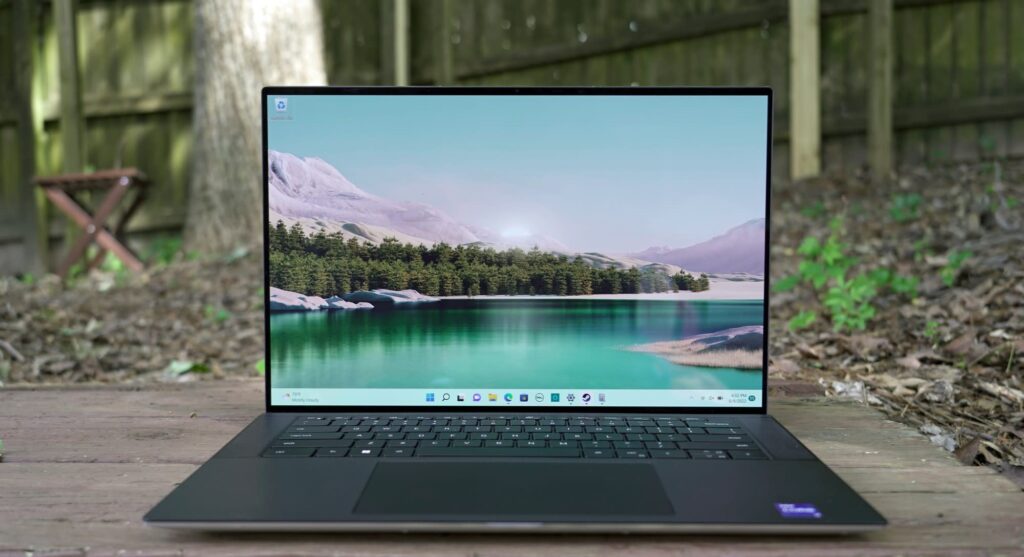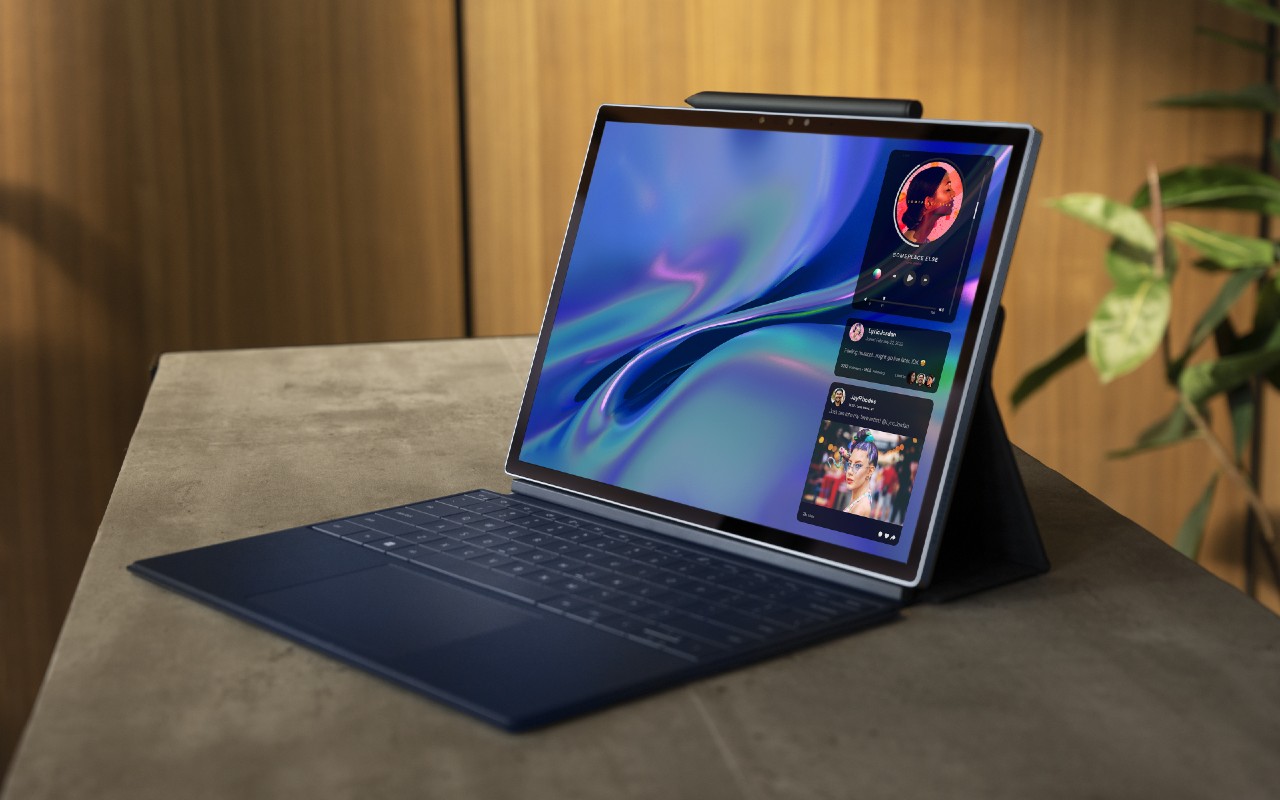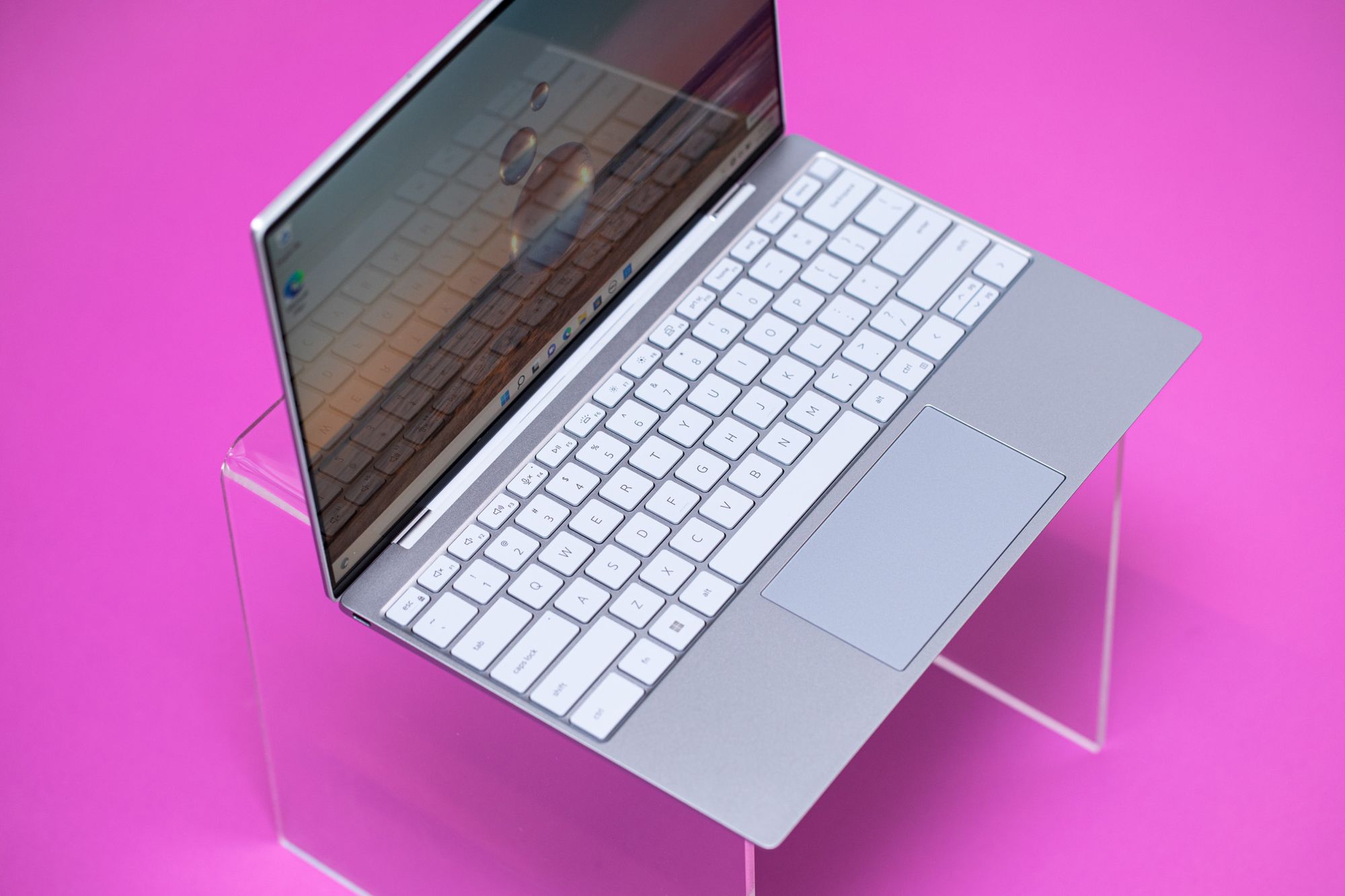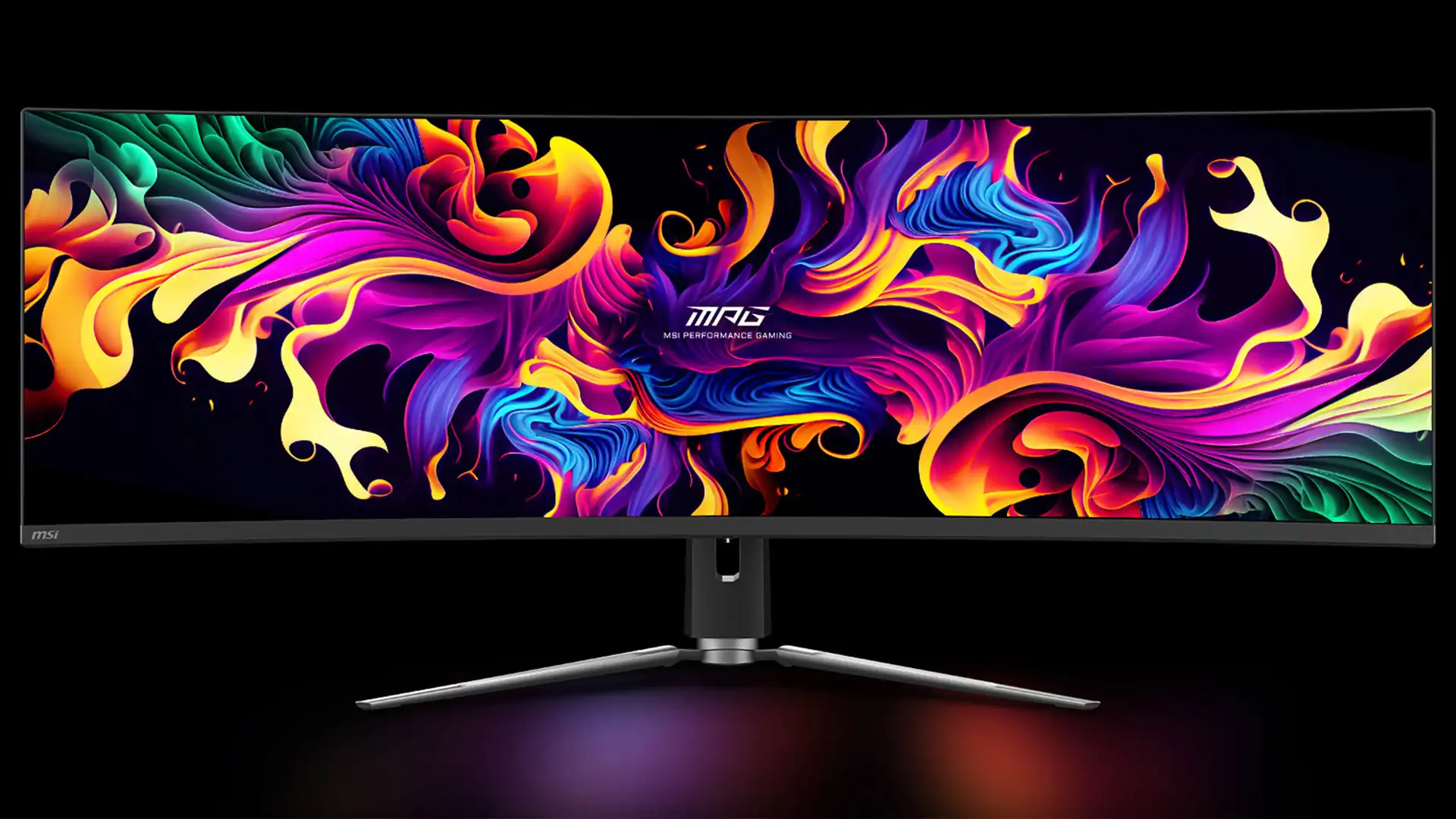
Dell’s XPS lineup undergoes a striking transformation with the introduction of the Plus treatment, and the reactions within the Windows laptop community are diverse. The focal point of this evolution is the XPS 13 Plus, a refined version of Dell’s beloved ultraportable, featuring a touch-enabled function row and an invisible trackpad. Dell’s commitment to this new design extends beyond the XPS 13, as evidenced by the redesigned XPS 14 and XPS 16, both embracing the updated aesthetic language. The standardization of this design is so profound that there’s no longer a distinct XPS Plus model—this is the new face of all XPS laptops. Dell proudly showcases its flagship 2024 lineup at CES, reflecting a dedication to innovative design and enhanced functionality.
The sleek and compact form factor of these laptops aligns with expectations, with the larger XPS 15 and XPS 17 transitioning into the XPS 14 and XPS 16, respectively. Despite the size reduction, the 16:10 screens retain their prominence. All three models share the controversial illuminated touch strip function row and invisible haptic touchpad, though the larger chassis of the XPS 14 and XPS 16 offer discrete graphics card options not available in the smaller XPS 13 design.
The updated XPS 13 maintains its focus on portability, featuring a flattened keyboard that seamlessly integrates with the frame. With a 13.4-inch screen behind Gorilla Glass 3, users can choose from display options ranging from a 1920×1200 non-touch panel to a stunning 12880×1800 OLED touch display. Equipped with the latest Intel Core Ultra 5 or Ultra 7 processors, up to 64GB of RAM, and storage options ranging from 512GB to 4TB, the XPS 13 offers a powerful computing experience. The XPS 14 and XPS 16 follow suit, each catering to specific user preferences and needs.




